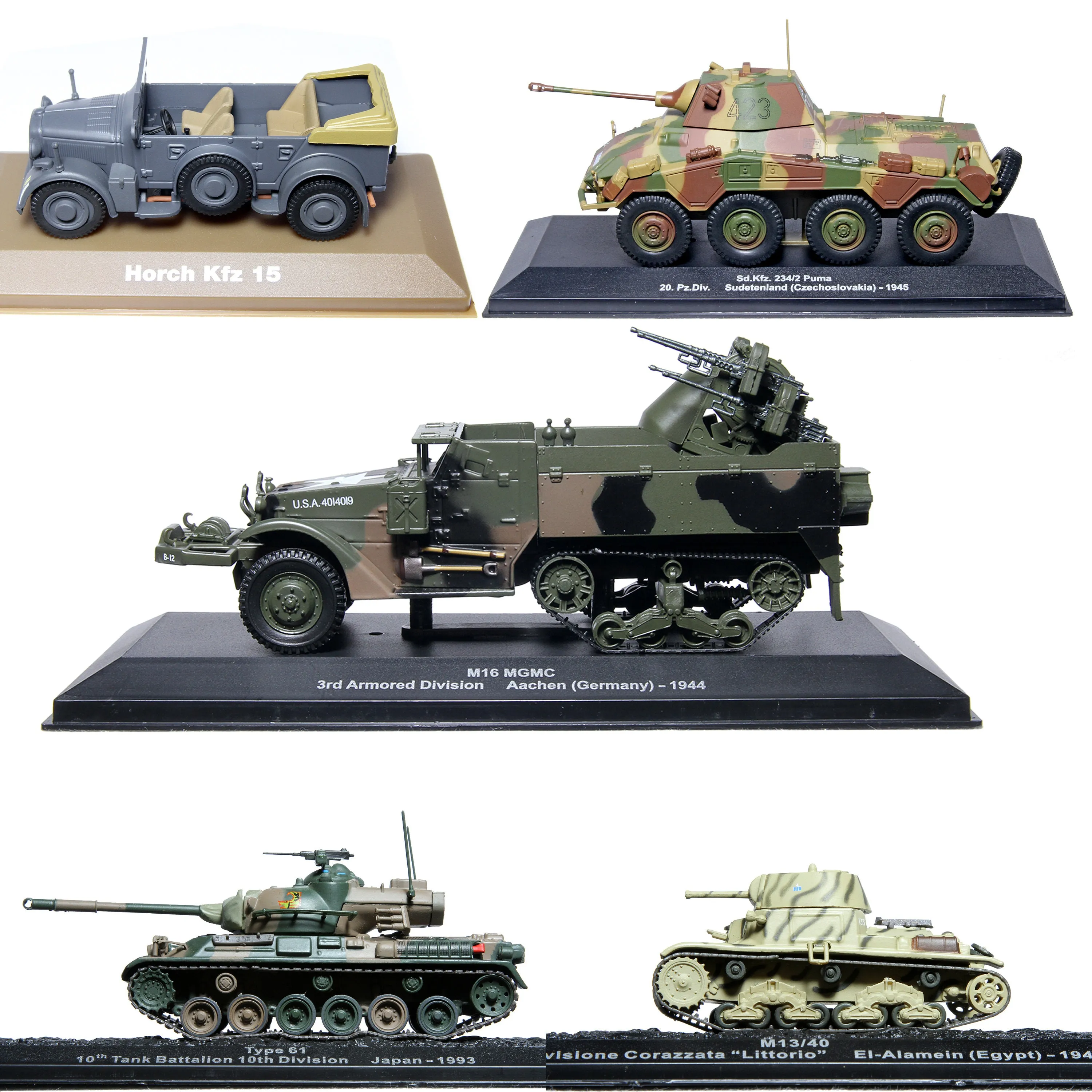What Are Diecast Army Vehicles
Diecast army vehicles are miniature replicas of real-world military machines, meticulously crafted from metal alloys, primarily zinc. These models are highly sought after by collectors, history enthusiasts, and hobbyists alike. They offer a tangible connection to military history, allowing individuals to appreciate the design, engineering, and significance of these vehicles. The level of detail and accuracy varies, but the best diecast models strive to replicate every aspect of the original, from the paint scheme and markings to the internal components and operational features. Owning diecast army vehicles is more than just a hobby; it’s an investment in history, craftsmanship, and enduring appeal of military technology.
The Appeal of Diecast Military Vehicles
The allure of diecast military vehicles stems from a combination of factors, including the fascination with military history, the appreciation for detailed craftsmanship, and the sheer collectibility of these miniature masterpieces. For many, these models provide a connection to significant historical events and the technological advancements of warfare. They represent a tangible link to the past, allowing enthusiasts to learn about and appreciate the vehicles that shaped military history. Beyond historical significance, the appeal lies in the intricate detailing, the quality of materials used, and the overall aesthetic of the models.
Realistic Detailing and Accuracy
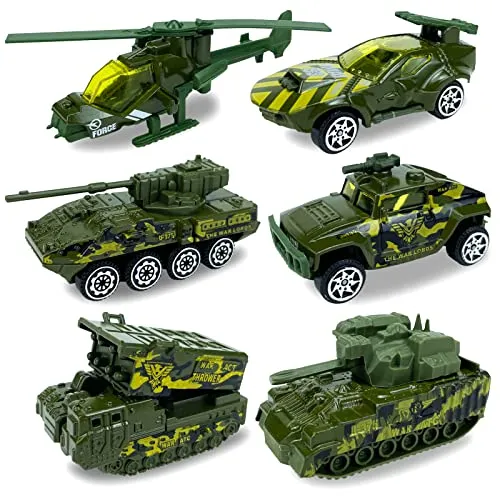
High-quality diecast models are celebrated for their realistic detailing and remarkable accuracy. Manufacturers go to great lengths to replicate every aspect of the original vehicles, from the rivets and panel lines to the tires, weapons, and accessories. The paint schemes are often meticulously matched to historical standards, and the markings and insignias are applied with precision. The level of detail extends to the interior of the vehicles, with some models featuring detailed cockpits, crew compartments, and engine bays. This dedication to accuracy is what elevates these models from mere toys to museum-quality collectibles. This level of detail is often the primary driver of the model’s value and desirability.
Durability and Collectibility
The use of metal alloys in diecast construction contributes significantly to the durability of these models. Unlike plastic models, diecast vehicles can withstand a considerable amount of handling and display without damage. This durability, coupled with the historical significance and aesthetic appeal, makes diecast army vehicles highly collectible. Certain rare or limited-edition models can command significant prices in the collector’s market, making them a valuable investment for enthusiasts. The collectibility aspect is further enhanced by the wide variety of vehicles available, from tanks and armored personnel carriers to jeeps and artillery pieces, each offering a unique piece of military history to collect.
Factors to Consider When Choosing
When selecting diecast army vehicles, several factors must be considered to ensure you find the best models to suit your preferences and collecting goals. Understanding these factors will help you make informed decisions and build a collection that reflects your passion for military history and model-making. From the scale and size of the models to the materials used and the level of historical accuracy, each element plays a crucial role in determining the overall quality and value of the vehicle. Careful consideration of these factors is essential for building a satisfying and rewarding collection.
Scale and Size
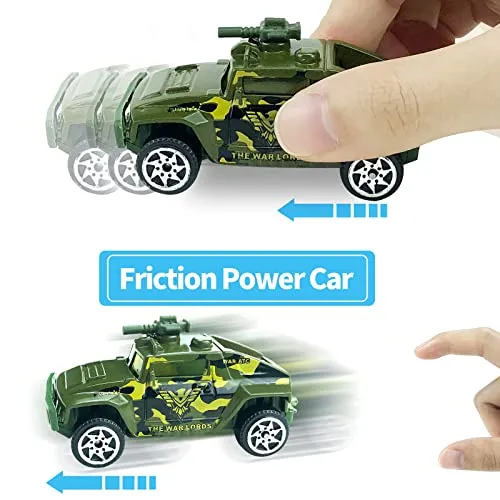
The scale of a diecast army vehicle refers to its size relative to the original vehicle. Common scales include 1:72, 1:48, 1:35, and 1:18, with smaller scales representing smaller models and larger scales representing larger models. The choice of scale depends on your personal preferences, the available display space, and the level of detail you desire. Larger scales generally offer more intricate detailing, allowing for a more realistic representation of the vehicle. However, they also require more space to display. Smaller scales are often more affordable and easier to accommodate in a collection, allowing you to amass a larger number of models. Selecting a scale that aligns with your display capacity and detail preferences is a crucial first step.
Materials and Build Quality
The materials used in the construction of a diecast army vehicle directly impact its durability, appearance, and overall quality. Diecast metal, typically zinc alloy, is the primary material, providing a solid and realistic feel. High-quality models feature precise assembly, with components fitting seamlessly together. The paint finish should be smooth and even, with accurate color reproduction. Details such as the tracks, wheels, and accessories should be well-made and securely attached. Inspecting the model for any imperfections or defects is crucial before purchasing. Look for models made by reputable manufacturers known for their commitment to quality and craftsmanship. The better the materials and build quality, the more durable and visually appealing the model will be.
Authenticity and Historical Accuracy
The level of authenticity and historical accuracy is a critical factor for serious collectors. This includes accurate dimensions, correct markings and insignias, and the inclusion of realistic features and details. Researching the specific vehicle you’re interested in is essential to ensure that the model accurately reflects its real-world counterpart. Comparing the model to historical photographs or technical specifications can help you assess its accuracy. Some manufacturers specialize in producing highly accurate models, often partnering with historians and military experts to ensure authenticity. Choosing models that prioritize historical accuracy will enhance your collection’s value and provide a deeper appreciation for the vehicles they represent.
Finding the Best Diecast Army Vehicles
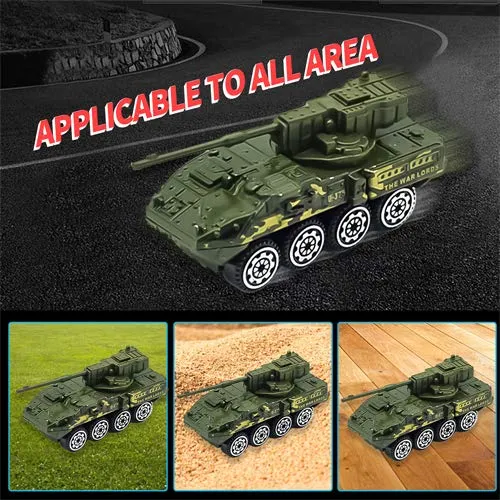
The process of finding the best diecast army vehicles involves exploring various sources, each offering unique advantages. From online retailers and specialty shops to auctions and collector’s fairs, the options are numerous. The key is to know where to look and what to look for to find the models that best suit your collecting interests and budget. Whether you’re a seasoned collector or a newcomer to the hobby, understanding the various avenues for sourcing diecast models will significantly enhance your collecting experience. Each option has its pros and cons, making it essential to consider your individual needs and preferences.
Online Retailers
Online retailers offer a vast selection of diecast army vehicles, often at competitive prices. Major online marketplaces and specialty online stores provide a convenient way to browse and purchase models from the comfort of your home. These platforms typically feature detailed product descriptions, high-quality images, and customer reviews, helping you make informed purchasing decisions. The convenience and broad selection make online retailers a popular choice for collectors. However, it is essential to be aware of potential issues such as shipping costs, return policies, and the authenticity of the models. Researching the retailer’s reputation and reading customer reviews can help you minimize risks and ensure a satisfactory shopping experience.
Specialty Shops and Hobby Stores
Specialty shops and hobby stores offer a more hands-on approach to finding diecast army vehicles. These brick-and-mortar stores allow you to examine models in person, assess their quality, and get expert advice from knowledgeable staff. The personal interaction and the ability to see the models firsthand are significant advantages. You can often find rare or limited-edition models that are not readily available online. However, the selection may be more limited than online retailers, and the prices may be slightly higher. Visiting local hobby stores and building relationships with the staff can provide access to valuable information and insider tips. These shops cater to enthusiasts who value the personal touch and the opportunity to handle the models before purchasing.
Auctions and Collector’s Fairs
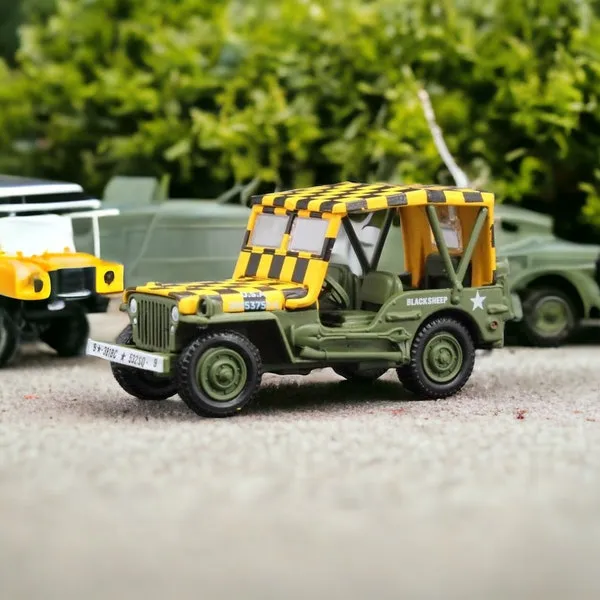
Auctions and collector’s fairs can be excellent sources for finding rare, vintage, or highly sought-after diecast army vehicles. Auctions, both online and in-person, offer the opportunity to bid on unique models that are not typically available through other channels. Collector’s fairs bring together enthusiasts and dealers from around the world, creating a vibrant marketplace for buying, selling, and trading models. These events often feature a wide variety of vehicles, ranging from common to rare, and offer opportunities to discover new models and expand your collection. Be prepared to do your research and be vigilant during bidding or negotiations. It is essential to verify the authenticity of the models and be aware of the current market prices to avoid overpaying. Auctions and fairs require a more proactive approach but can yield significant rewards for dedicated collectors.
Tips for Identifying Quality
Identifying high-quality diecast army vehicles requires careful attention to detail. By paying close attention to specific aspects of the model, you can distinguish between a superior model and one of lesser quality. This includes examining the overall detailing, checking the paint and finish, and researching the manufacturer’s reputation. Following these tips will help you make informed purchasing decisions and build a collection filled with exceptional models.
Examine the Detailing
Detailed examination of the model’s detailing is crucial for assessing its quality. Look for features such as accurately rendered rivets, panel lines, hatches, and weapons. The smaller details, such as the markings, insignias, and interior components, should be precisely crafted. The more detailed the model, the more realistic it will appear. Use a magnifying glass if necessary to inspect the finer points. If the model has a high level of detail, it indicates a higher level of craftsmanship and a greater commitment to historical accuracy.
Check the Paint and Finish
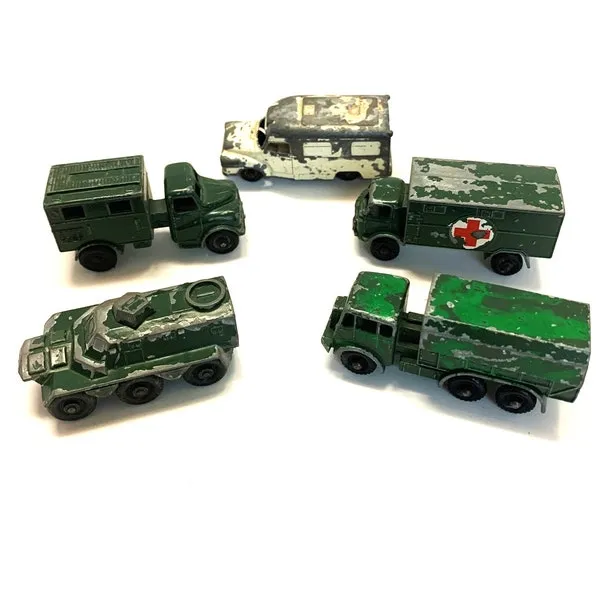
The paint and finish of a diecast army vehicle significantly impact its overall appearance. The paint should be applied smoothly and evenly, with no visible flaws or imperfections. The color should accurately represent the vehicle’s historical paint scheme. Look for a realistic finish, which may include weathering effects to simulate the wear and tear of combat. The paint should also be durable and resistant to chipping or fading. A well-executed paint job is a hallmark of a high-quality model. A quality paint job contributes significantly to the model’s visual appeal and its value as a collectible item.
Research the Manufacturer
Researching the manufacturer is a critical step in identifying quality. Some manufacturers have a reputation for producing high-quality models with excellent detailing and historical accuracy. Familiarize yourself with the leading brands in the diecast army vehicle market and learn about their production standards and the level of quality they are known for. Reading reviews and comparing different models from different manufacturers can help you determine which brands best meet your criteria. Consider factors such as the manufacturer’s experience, the materials they use, and the level of detail and accuracy they provide. Choosing models from reputable manufacturers will ensure that you are adding high-quality pieces to your collection.
Displaying and Maintaining Your Collection
Proper display and maintenance are essential for preserving the beauty and value of your diecast army vehicle collection. From the way you store and handle the models to the steps you take to clean and showcase them, the care you give to your collection will determine its longevity. By following these guidelines, you can ensure that your models remain in pristine condition for years to come, allowing you and others to appreciate their detail and historical significance.
Proper Storage and Handling
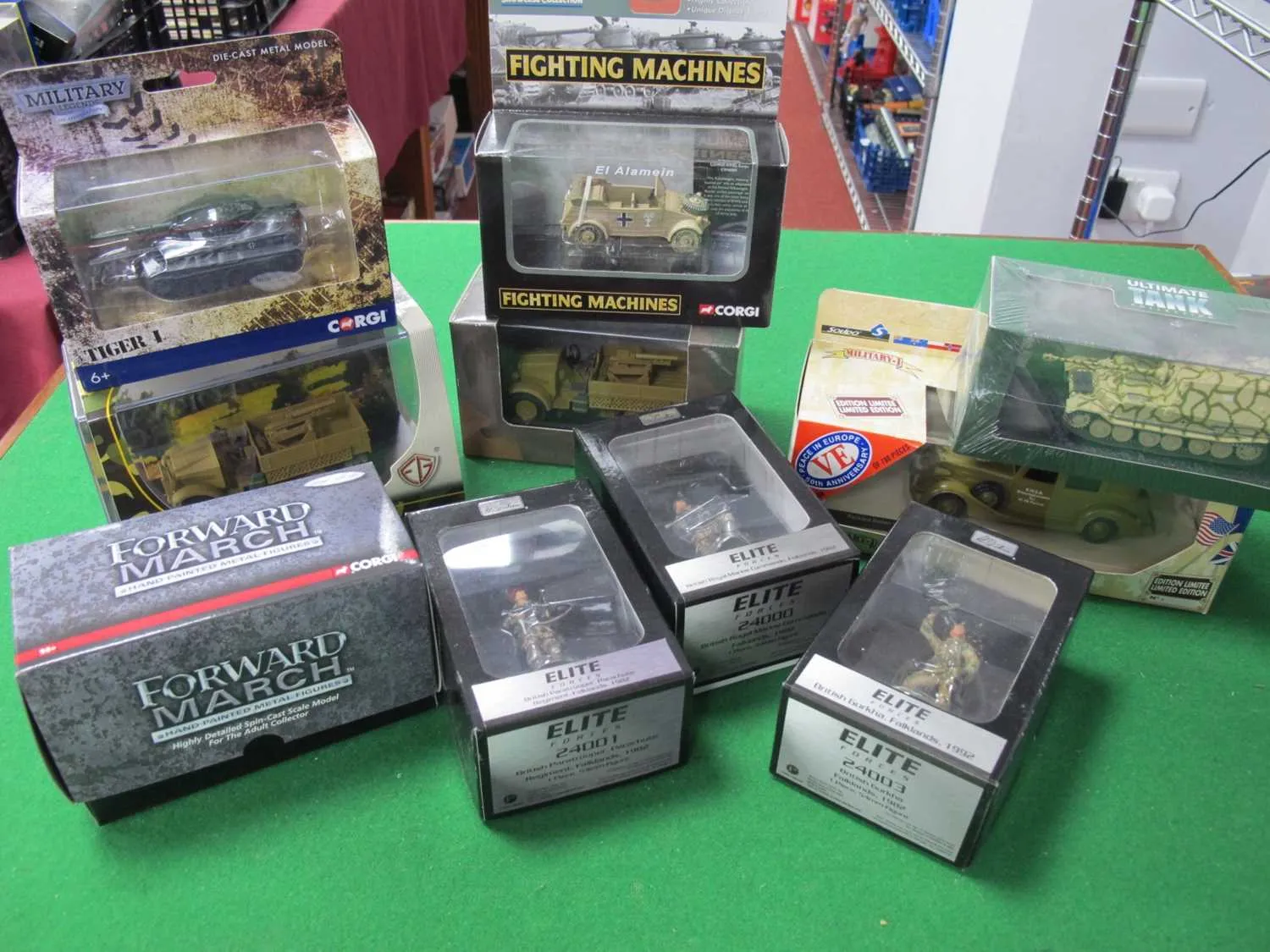
Proper storage and handling are essential for preventing damage to your diecast army vehicles. Store your models in a dust-free environment, away from direct sunlight, extreme temperatures, and humidity. Consider using display cases or protective boxes to shield them from dust and potential hazards. When handling the models, do so with clean hands and avoid touching delicate parts. Always lift and move the models gently, supporting them from the base. Avoid dropping them or placing them in unstable locations, as this could lead to damage. Proper storage and handling will protect your models from damage and maintain their value over time.
Cleaning and Maintenance Tips
Regular cleaning and maintenance can help preserve the appearance and condition of your diecast army vehicles. Dust them regularly using a soft brush or a microfiber cloth. Avoid using harsh chemicals or abrasive cleaners, which can damage the paint finish. If necessary, use a mild soap and water solution, applying it gently with a soft cloth. After cleaning, dry the models thoroughly to prevent water spots or rust. Inspect your models periodically for any signs of wear or damage. Addressing minor issues promptly will prevent them from escalating and preserve the long-term value of your collection. Careful cleaning and maintenance will help your models maintain their value.
Showcasing Your Collection
Showcasing your diecast army vehicle collection allows you to share your passion with others and appreciate the models’ beauty. Choose a display method that complements your collection. You can use display cases, shelves, or custom-built dioramas to create a visually appealing presentation. Arrange the models in a way that highlights their details and historical significance. Consider grouping them by type, scale, or historical period. You can also add accessories such as miniature figures or terrain elements to enhance the display. Proper lighting can further showcase the details of your collection. Taking the time to display your collection thoughtfully will not only make it more visually appealing but also add to the enjoyment of the hobby.
